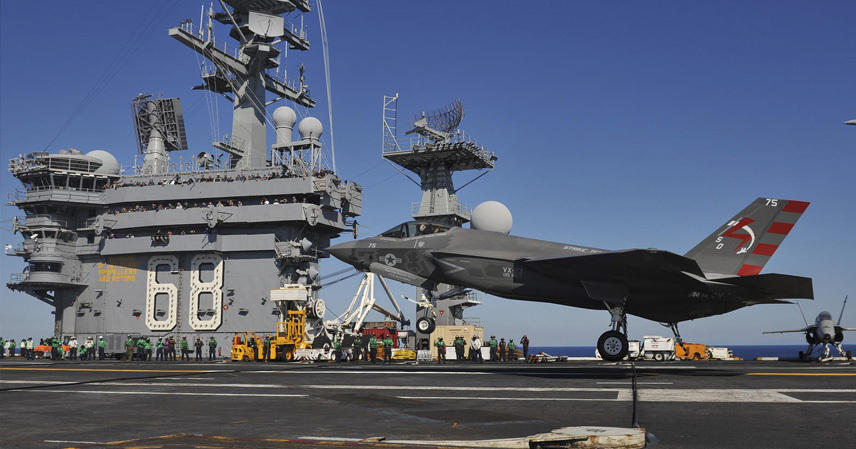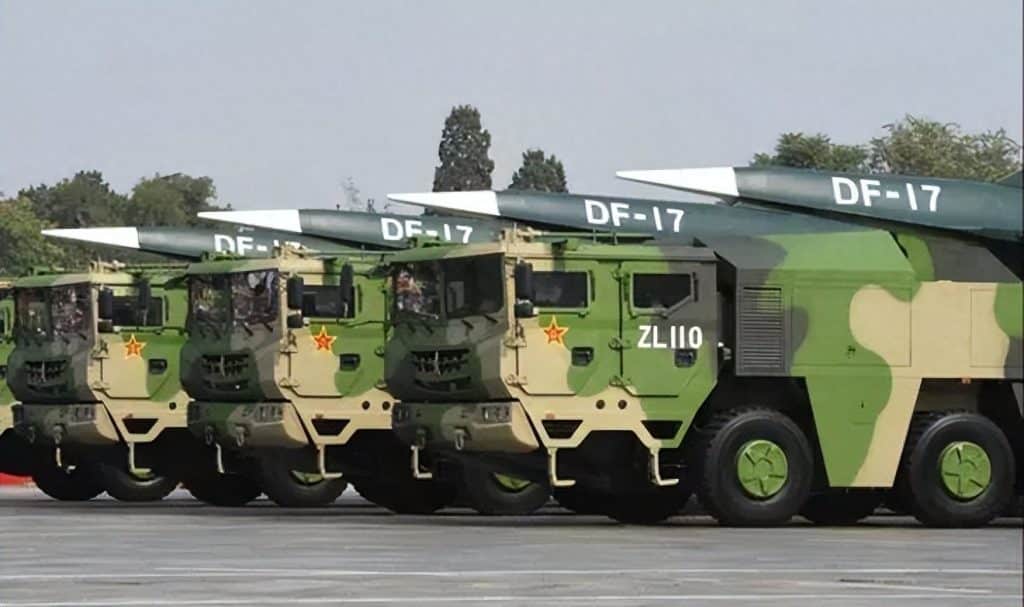U.S. media outlets often highlight the long-standing superiority of American aircraft carriers in both technology and scale. Yet, the recent sea trials of China’s Fujian carrier—the nation’s third and most advanced—have sparked renewed debate about the changing balance of naval power. With a displacement exceeding 80,000 tons and the adoption of an electromagnetic catapult system, Fujian represents a leap forward in Chinese carrier development, rivaling the capabilities of America’s Ford-class carriers.
From Soviet Legacy to Indigenous Innovation
China’s progress in carrier technology has been gradual but steady:
- The Liaoning was a refitted Soviet vessel, serving as a platform for learning.
- The Shandong became the first domestically built carrier, proving China could design and construct large warships independently.
- The Fujian integrates homegrown innovations, marking a full transition to modern carrier operations.
This trajectory underscores China’s strategy of self-reliance and independent R&D, ensuring security demands are met without external dependency.
Breakthrough in Electromagnetic Catapults
In September 2025, the Fujian successfully launched the J-35 stealth fighter, J-15 carrier fighter, and the KJ-600 airborne early-warning aircraft using electromagnetic catapults. This milestone confirmed China’s move from ski-jump takeoff to catapult-assisted operations.
The benefits are clear:
- Full-load takeoffs extend combat radius by hundreds of kilometers.
- Launch efficiency exceeds one aircraft per minute.
- Greater reliability than earlier U.S. systems, with improvements in energy control and fault reduction.
While American carriers retain an edge in nuclear propulsion, Fujian’s conventional power system, optimized by high-efficiency turbines, achieves speeds of 32 knots, ensuring strong mobility.
Comparing Chinese and U.S. Carriers
The United States operates 11 carriers, but many, like the USS Stennis and USS Truman, face aging issues after 30 years of service. The Ford-class, while advanced, has faced technical delays in catapult testing and deployment.
China’s Fujian shows advantages in integrated electronics and close-in defense:
- HQ-10 missiles and Type-730 CIWS provide faster, longer-range responses than the U.S. Phalanx system.
- Integration with Type 055 destroyers equipped with YJ-21 hypersonic missiles extends strike range beyond 1,000 km, posing a credible threat to U.S. carrier groups.
This suggests that competition is shifting from individual ships to entire fleet systems.
Expansion Path: Type 004 and Beyond
China’s naval development shows increasing speed and efficiency:
- Liaoning: 6 years of retrofit.
- Shandong: 7,000-ton increase in displacement, 5 years of construction, modular assembly.
- Fujian: digital shipbuilding, larger deck space comparable to Ford-class, capable of carrying 60 aircraft.
Looking ahead, the Type 004 carrier is already under construction with nuclear propulsion, adapted from civilian nuclear reactor technology. By 2027, it could be launched, with operational capability expected before 2030.
Future carriers may integrate unmanned aerial vehicles (UAVs) like the GJ-11, expanding fleet strike and reconnaissance power. By 2032, China may operate five carriers, three of them catapult-equipped.
Cost, Scale, and Global Reach
China’s dual-shipyard model (Dalian and Jiangnan) accelerates production, enabling the launch of one new carrier every few years. Production costs are another differentiator:
- Chinese carrier: approximately $5 billion.
- U.S. Ford-class carrier: over $14 billion.
With continued investment, China could expand to eight carriers by 2035 and potentially eleven by 2040, matching U.S. numbers but at lower cost.
China’s approach also emphasizes supporting fleets:
- Type 055 destroyers now number 16, with 112 vertical launch cells.
- Type 052D destroyers and submarines expand layered defense.
- Overseas logistics, such as the Djibouti base, strengthen global reach.
Shifting Naval Dynamics
American analysts, including The National Interest, often argue that China still lags decades behind in terms of global deployment capacity. However, China’s fast-paced construction, successful electromagnetic launch tests, and expanding carrier strike groups suggest the gap may narrow significantly in the coming decade.
By 2040, if China achieves a fleet of 11 carriers, supported by hypersonic missile destroyers and UAV integration, the Asia-Pacific naval balance could tilt toward greater parity. This would not only reshape regional power but also force greater dialogue and competition between Washington and Beijing.



